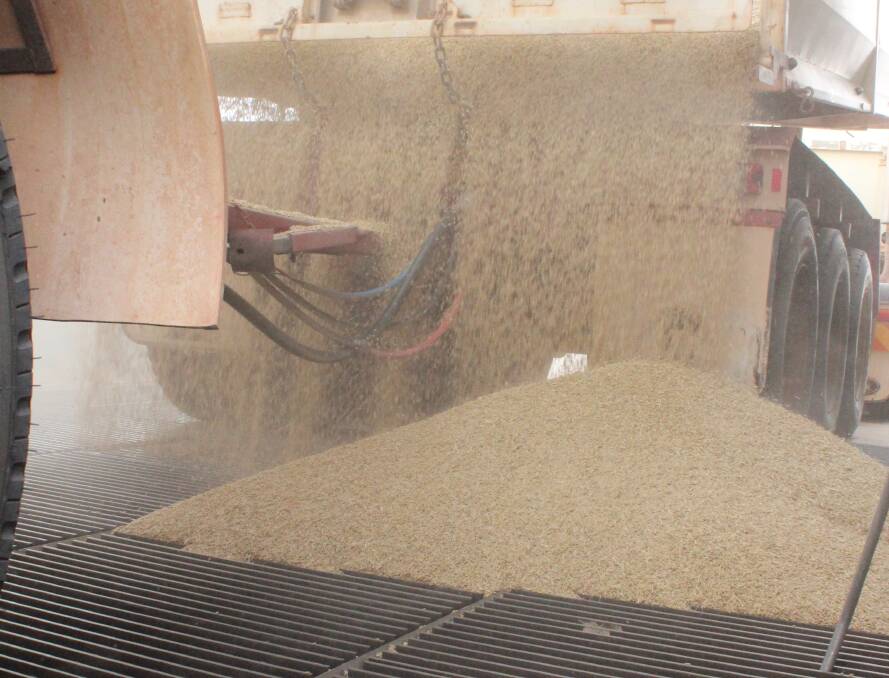
EXPECT the unexpected.
Subscribe now for unlimited access to all our agricultural news
across the nation
or signup to continue reading
And don't be greedy.
These are a few tips for Australian farmers looking to lock in the best price for their grain this coming season.
- Subscribers have access to download our free app today from the App Store or Google Play
Reflecting on the past 12 months, which saw wheat prices go through the roof earlier in the year due to Russia's invasion of Ukraine, the market drop and then rally again in October, Episode 3 founder and commodity market analyst Andrew Whitelaw said it had been a difficult time in terms of picking the market.
"We generally advocate for people not to pick the market and to just work on trying to get a good return, but then there are periods like these past 12 months where prices have been pretty strong," Mr Whitelaw said.
"When these really strong market rallies arise - it's an opportunity to participate in the market and hopefully average your price up, but it's important to remember that just as these rise really rapidly - they fall just as abruptly."
Mr Whitelaw said the best way to tackle selling grain was to do it in bits and pieces and rather than aiming to hit the top of the market, to think objectively.
"It's like the saying goes, 'how do you eat an elephant?' - the answer is 'one bite at a time'," he said.

In terms of major influencing factors on the wheat market this season, Mr Whitelaw said the Russia-Ukraine war had the potential to have an even bigger impact on the world's grain prices than it did last year.
This is due to a drastically diminished Ukraine crop, as well as a decrease in Russia's previous record grain production.
"If we look specifically at Ukraine, they are going to be potentially 20 per cent down on acreage this year," Mr Whitelaw said.
"Obviously the war is still going on, it is a struggle for them to get finance, the grain price for Ukraine is low because it's harder to get grain out of the country - so there's not as much incentive for farmers to grow crops, plus a lot of their young farming men are off fighting the war."
In terms of looking at market rhythms, Mr Whitelaw said another concern for Australia's agricultural sector was a likely dip in production due to major weather events.
"On a national scale, we've had three humongous years in a row, so if you look at the normal trends we will have to go back to more of an average crop at some point and we are due a drought," he said.
"It feels like a long time since the 2017-2019 east coast drought when they were producing diddly squat, so I think we need to be prepared for that type of occurrence within the next couple of years."
In terms of key agricultural input prices, Mr Whitelaw predicted the relatively high input price environment for farmers would largely remain in place, at least up until seeding.
"The fertiliser market is still going to be pretty volatile," he said.
READ MORE:
"We have certainly seen some good moves overseas, in that prices globally have started coming under pressure, but the question is how much of that will be passed on to the local market within Australia, and if it is passed on, will that happen prior to seeding when farmers actually require fertiliser."
Mr Whitelaw said there was also potential for the diesel price to come under a bit of pressure, due to a slight reduction in demand around the world, but that diesel prices would still likely remain high.
"On top of that, we still have a major concern in regards to access to labour, and I don't foresee any real solution to that in the near future," he said.
Despite all of these influencing factors, looking at Australia's grain prices historically, they are still relatively high in flat price terms.
"My prediction is they will still be sitting pretty well this year."

